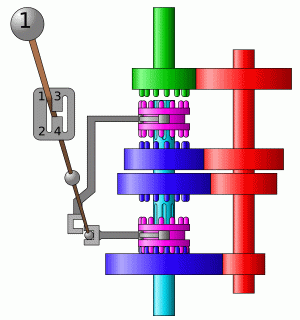I knew a fellow who mounted a couple of Craftsman (Atlas) 12" lathes (about WWII vintage, basically F10'a with a taller headstock and tailstock, plus the compound built taller to raise the tool post) in concrete. When I say "in" they were actually imbedded in concrete!
Harry built a pyramid for the headstock, and one for the tailstock. He bridged between the two pyramids (about 2' x 2' at the base) with a trough. In pouring the concrete, it filled the forms for the pyramids, and filled the trough. The top of the pour was above the level of the feet, and was part way up the bed itself, just leaving room for the carriage to travel. The concrete completely filled the center web of the lathe bed, leaving no place for the swarf to go.
He had to clean out the swarf constantly, as it would bind up the carriage if left to build up.
This made the lathes incredibly rigid. He put large motors on them and used a roller chain drive. He had a contract to make 3/4" Acme adjusting screws, 1/2 right hand and 1/2 left hand. He was cutting the Acme threads in three passes!


